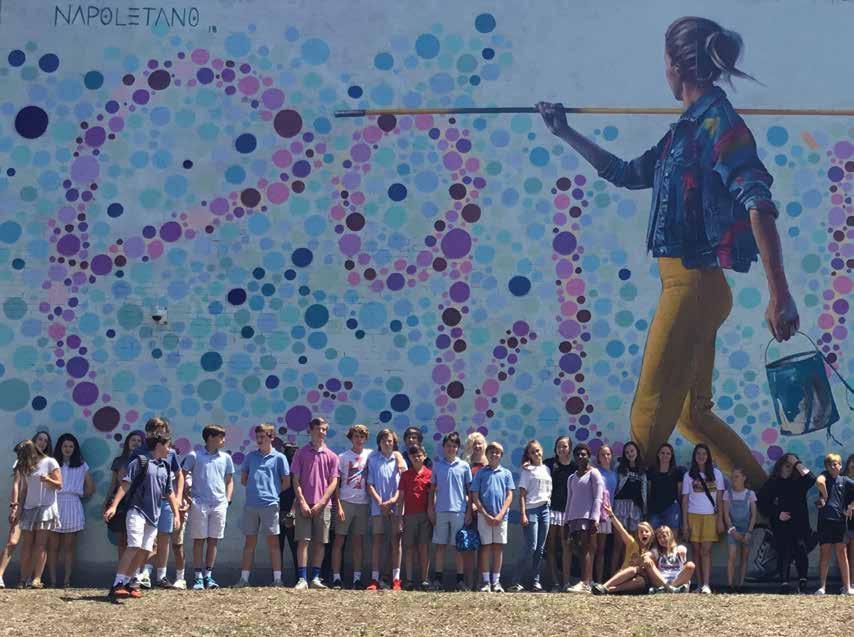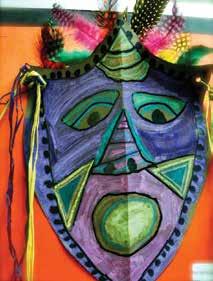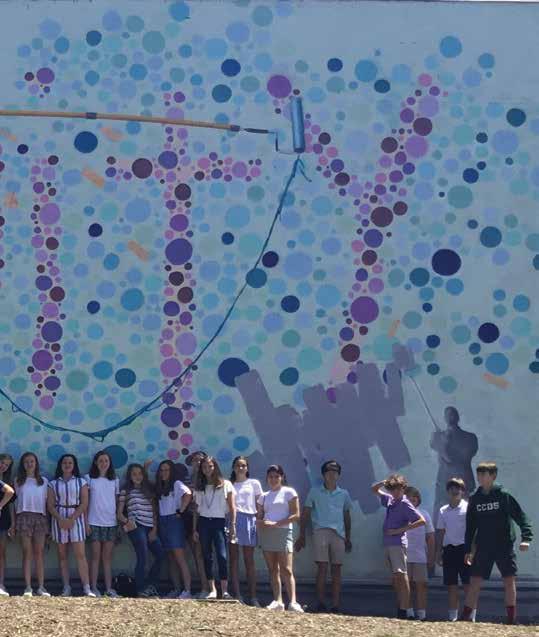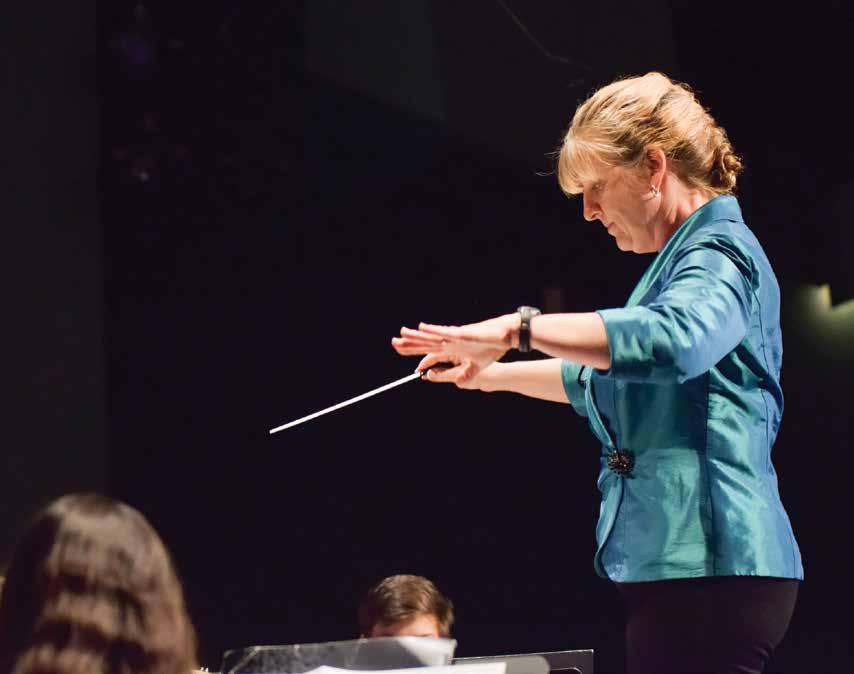
3 minute read
Diving Deeper into Arts and Culture
Middle School arts curriculum moves beyond Western Europe to reflect our multicultural history
By Dwayne Wilson, Middle School art teacher
Picasso, Manet, Van Gogh, Monet, and Matisse are artistic masters whose familiar works are incorporated into our Lower School art classes as our youngest students initially learn about fine art techniques. But did you know these European men were all influenced by the unknown African artisans who created beautiful masks centuries earlier? This is the kind of lesson Country Day fifth graders experience as we bridge their broad Lower School introduction into fine arts with a more complex understanding of art history and expression.

Over the past three years, the Middle School art department has been intentionally incorporating more artists of color and female artists into the curriculum. Why? Because we live in a multicultural society and teach in a multicultural educational environment. It’s estimated that less than 15 percent of the artwork displayed in U.S. museums reflect the work of women and artists of color. Since these students were in kindergarten, they have learned about many artists and their contributions to art; but in Middle School we explore a greater breadth of work, expand the knowledge base, and dive deeper into the historical context.
Additionally, as an African-American arts educator, along with Stacy Utley, I realize it is my responsibility to challenge our students’ understanding of art—its history, influence, contribution, and perspective. We want all students to not only see representations of their own culture and gender, but also learn about what influences these artists have contributed to the world of art and elsewhere so that we can truly prepare them to be global citizens. In the classroom, this means we expose fifth graders to such varied forms of art and culture as the Lascaux Cave paintings by the Magdalenian people, calligraphy by Asian cultures, and rock art by the Aboriginal people of Australia. In later grades, works by artists like Kara Walker help us demonstrate negative/positive space, and color theory is explored in pieces by Richard Mayhew and Alma Woodsey Thomas.
Taking It to the Streets
In addition to the curricular changes made in the art department, we are also facilitating interdisciplinary connections between arts education and core subjects through our careful and intentional lesson planning, field trips, activities, and personal stories. For instance, the works of Jacob Lawrence, Romare Bearden, and Elizabeth Catlett help to deepen our students’ understanding of the Great Migration they learn about in their study of America post-Civil War and pre-Civil Rights. In Upper School, students often have the opportunity to see these works at the Head of School’s house or through Hance Family Gallery exhibits like "Bearden and Beyond."

We also want to instill in our students, if not a passion, then at least an awareness of the contemporary art that is all around them. Our annual “Charlotte Public Mural Tour” with seventh- and eighth-grade art students does this and more. We take a bus to the University Lynx Station at UNC-Charlotte and hop on and off the train at five different stations, until we reach South End. The purpose of the trip is to engage students in locally created, public art unbeknownst to many of them, with the intention of expanding their cultural and artistic knowledge.
In addition to the field trips, we also discuss artists’ personal stories, making them as relatable to the students as possible. One such example is Jean-Michel Basquiat—famed 1980s New York graffiti street artist. Students understand his story is much more than a “rags to riches” tale. It involves struggle, abandonment, abuse, violence, and homelessness; but also, how he survived it all; how art and creative expression created a pathway of faith and hope; how he was befriended by Andy Warhol and rose to fame. It’s real stories like this that help our students retain information about the artist, their significance, and their contributions to, and beyond, the world of art.

With the hope that students will also acquire a natural, organic love for art beyond Western European regions, we aspire to prepare students for the next steps of life. We firmly believe our newfound approach in arts education is instilling a sense of global awareness, sparking curiosity, and cultivating independent learners and thinkers.










